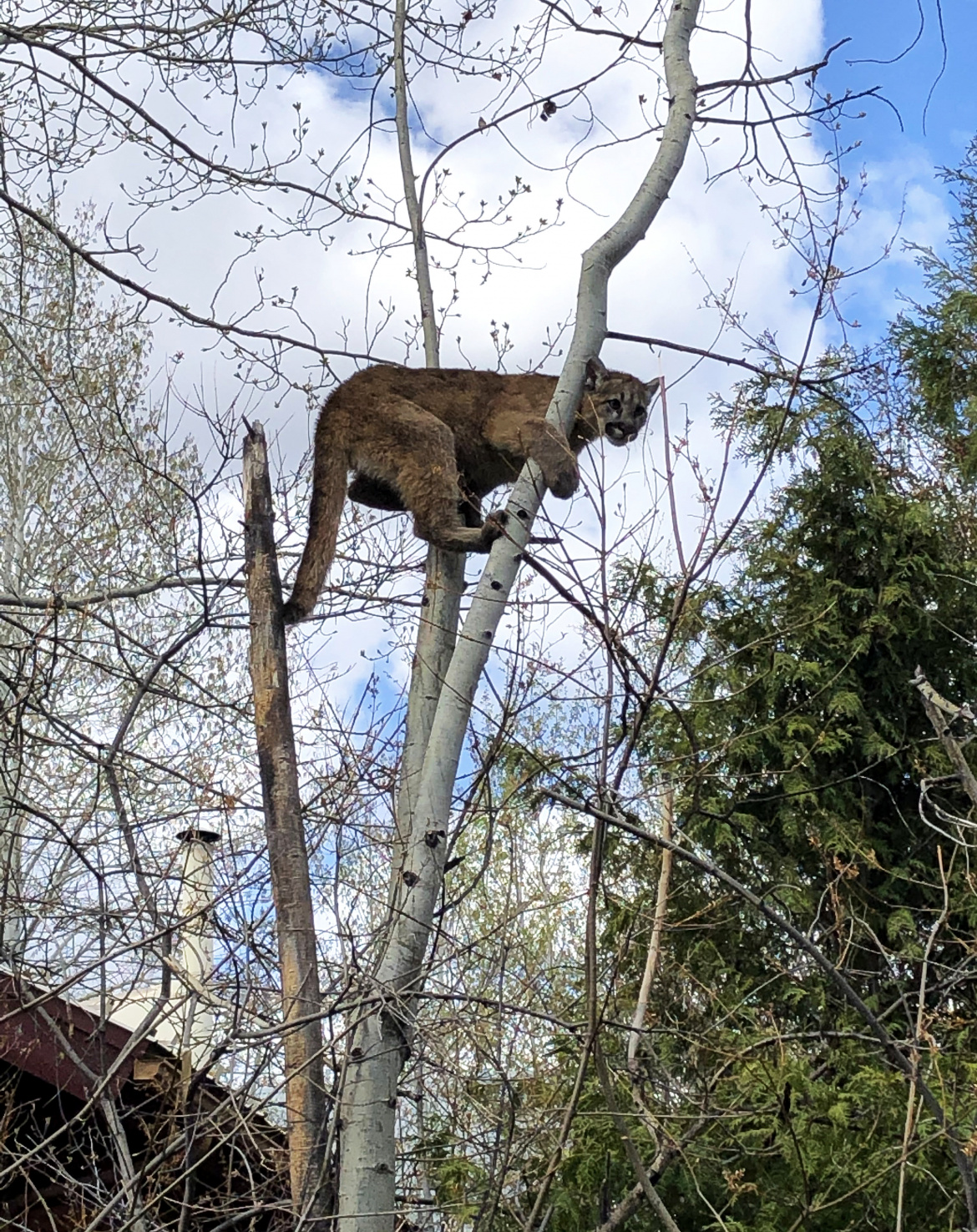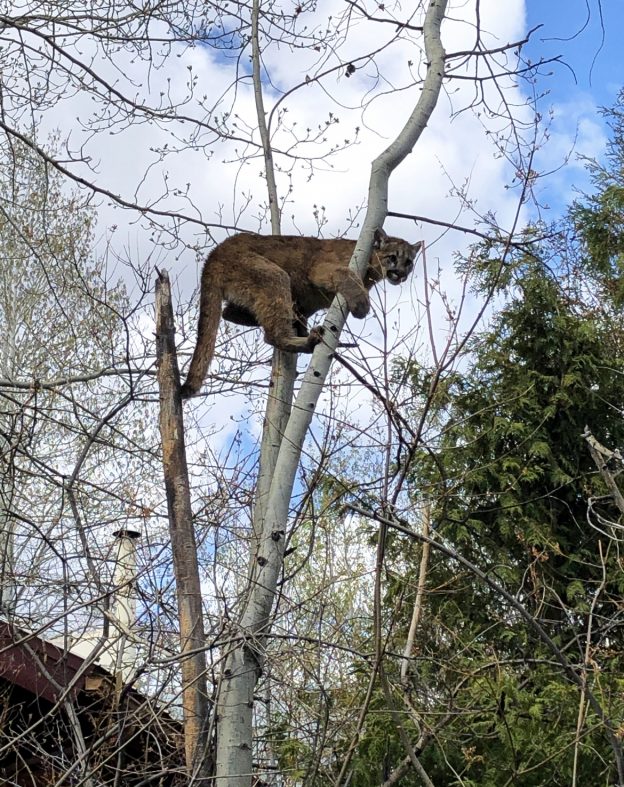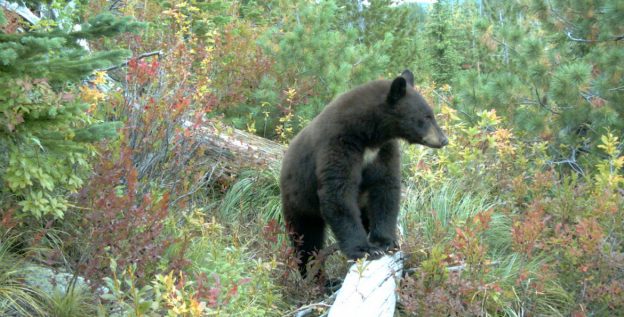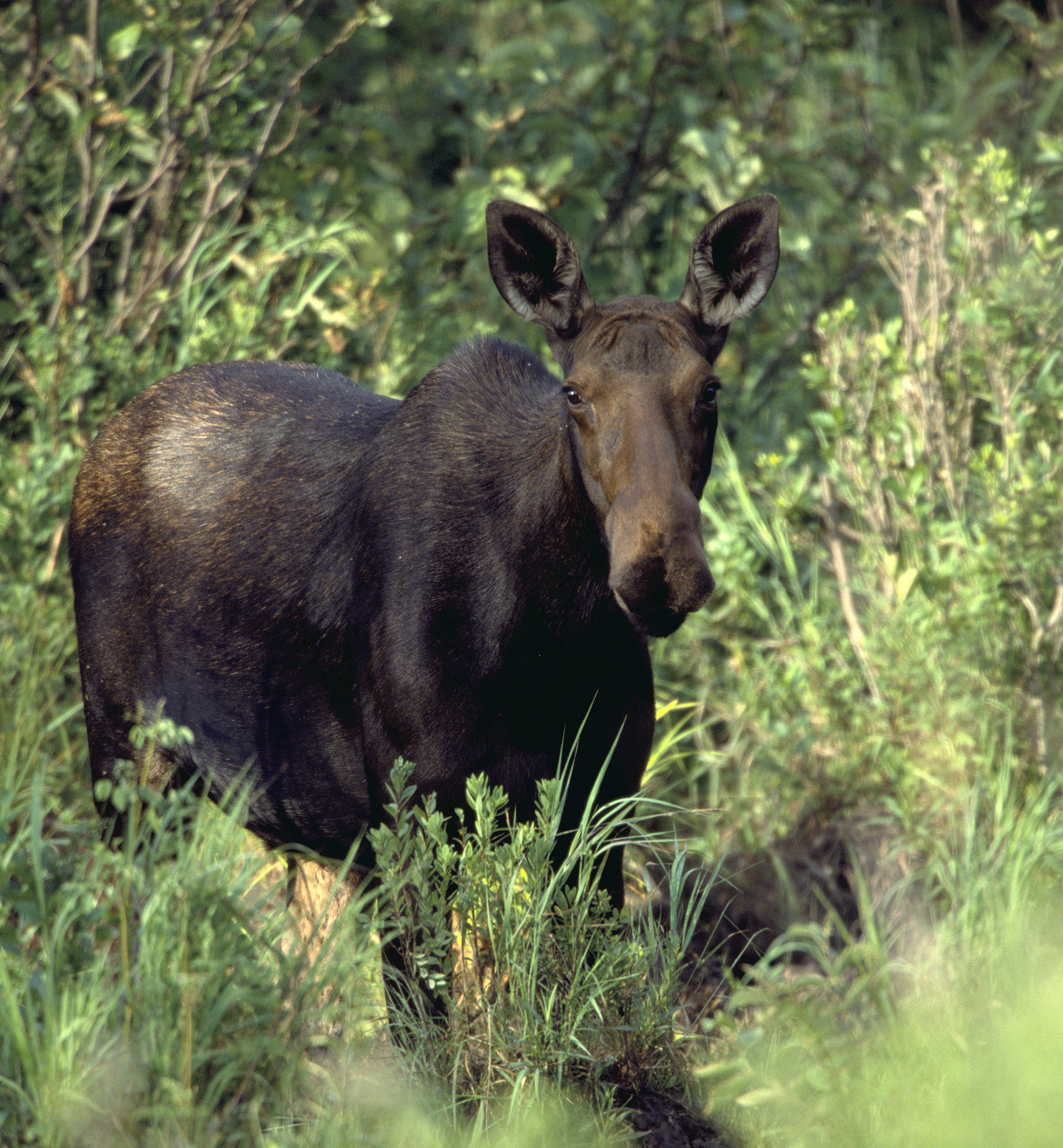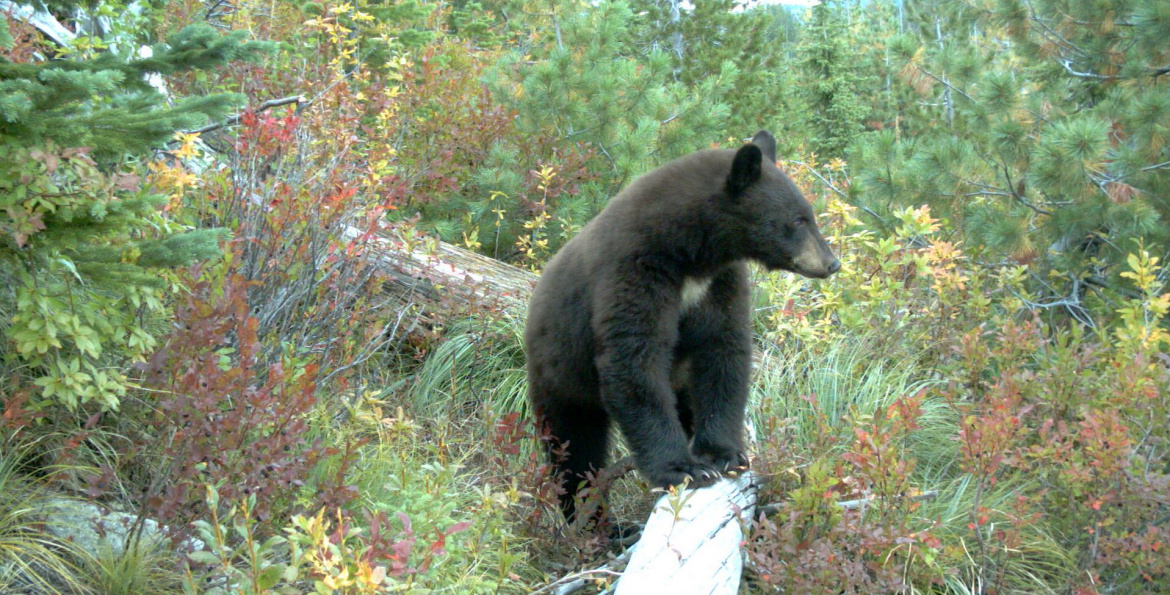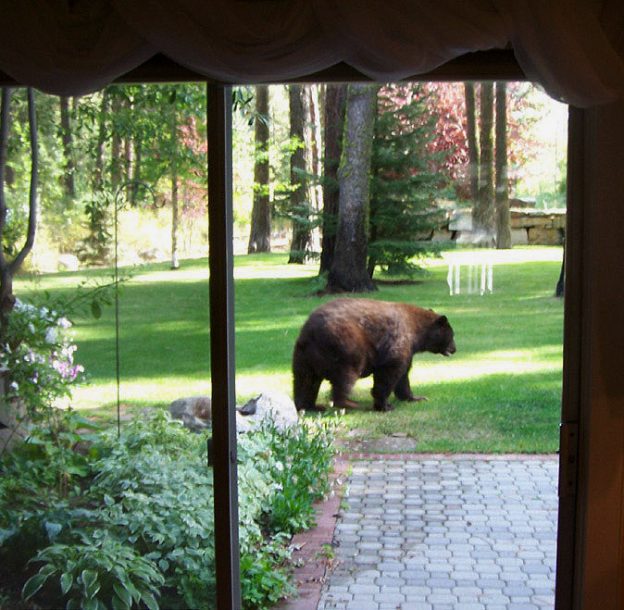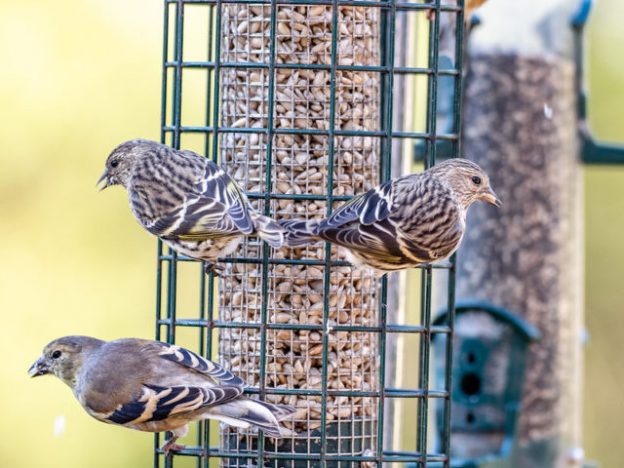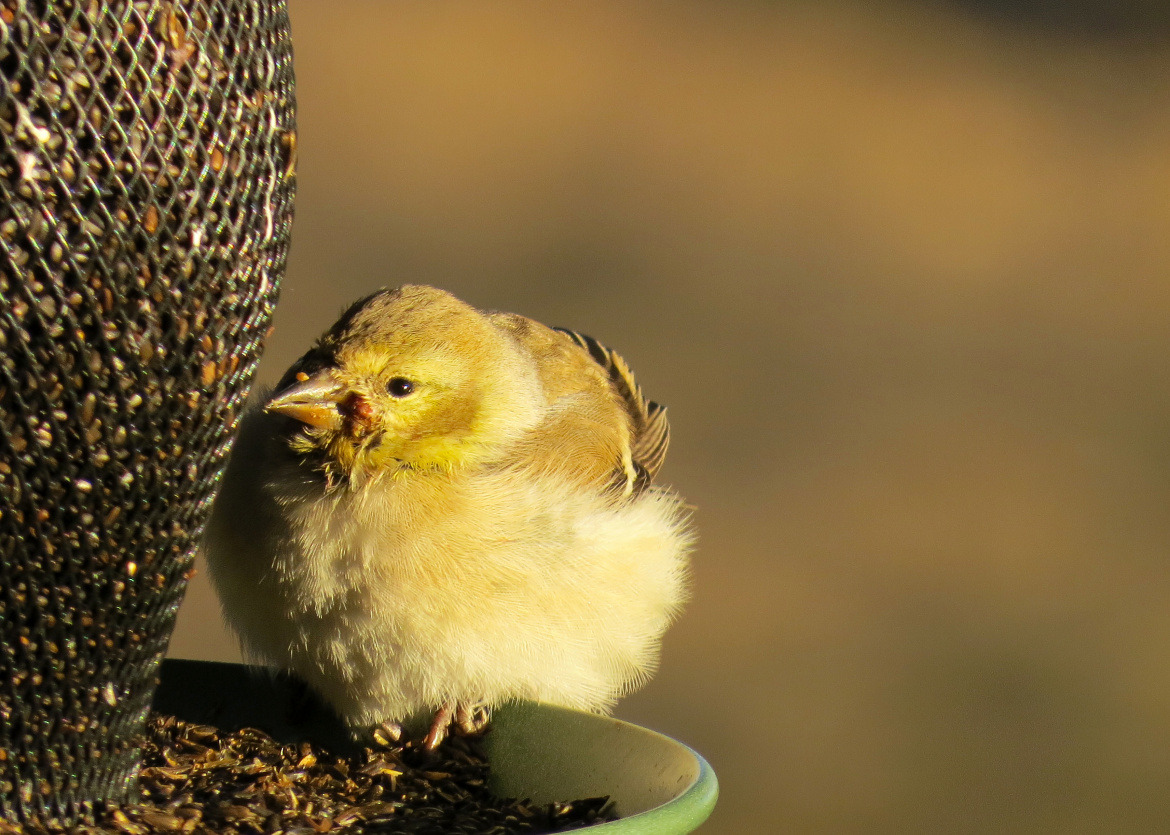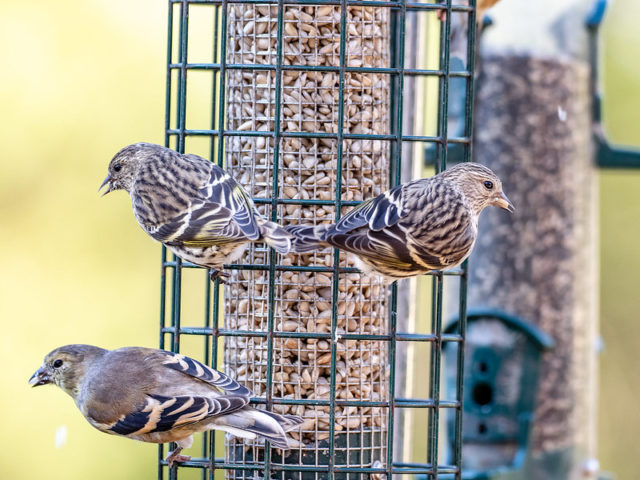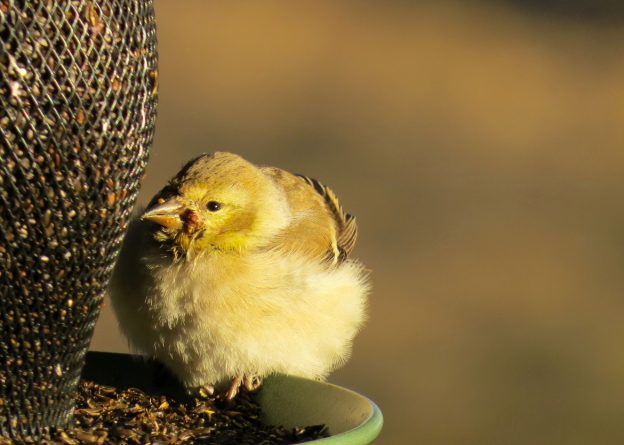By Terry Thompson, Regional Communications Manager
The key to keeping Idaho bears wild is to never let them have access to human food. A food-conditioned bear can quickly become a threat to public safety which never ends well for the bear.
After spending the winter months hibernating, black bears are now emerging from their dens. Once they leave their dens they are now hungry bears and will immediately start looking for food, mostly spring grasses, but pretty much anything that can provide easy calories. During hibernation, black bears survive by burning fat reserves, a boar (male) black bear usually loses 15-30% of their body weight, while a sow with cubs can lose up to 40% of her body weight. After emerging from hibernation, black bears are on a quest to eat between 15,000 – 20,000 calories to replenish fat reserves before winter sets in again, which means they are constantly searching for food.
The key to keeping Idaho bears wild is to not allow them to access human food around neighborhoods and homes. Black bears have been roaming North America for the last 500,000 years – they are well-equipped to survive without human food, by foraging primarily on grasses, buds, forbs, insects, berries, and occasionally meat.
Feeding bears, even unintentionally, can attract them in to our communities and neighborhoods. Bears are extremely intelligent, and can learn very quickly to associate people with food. The presence of unsecured human food sources like residential garbage, bird feeders, dog food, chicken coops, or even fruit trees, can, and does cause human-bear conflicts. Food-conditioned bears in neighborhoods can rapidly lose their fear of people, which often results in bears getting too close to people.
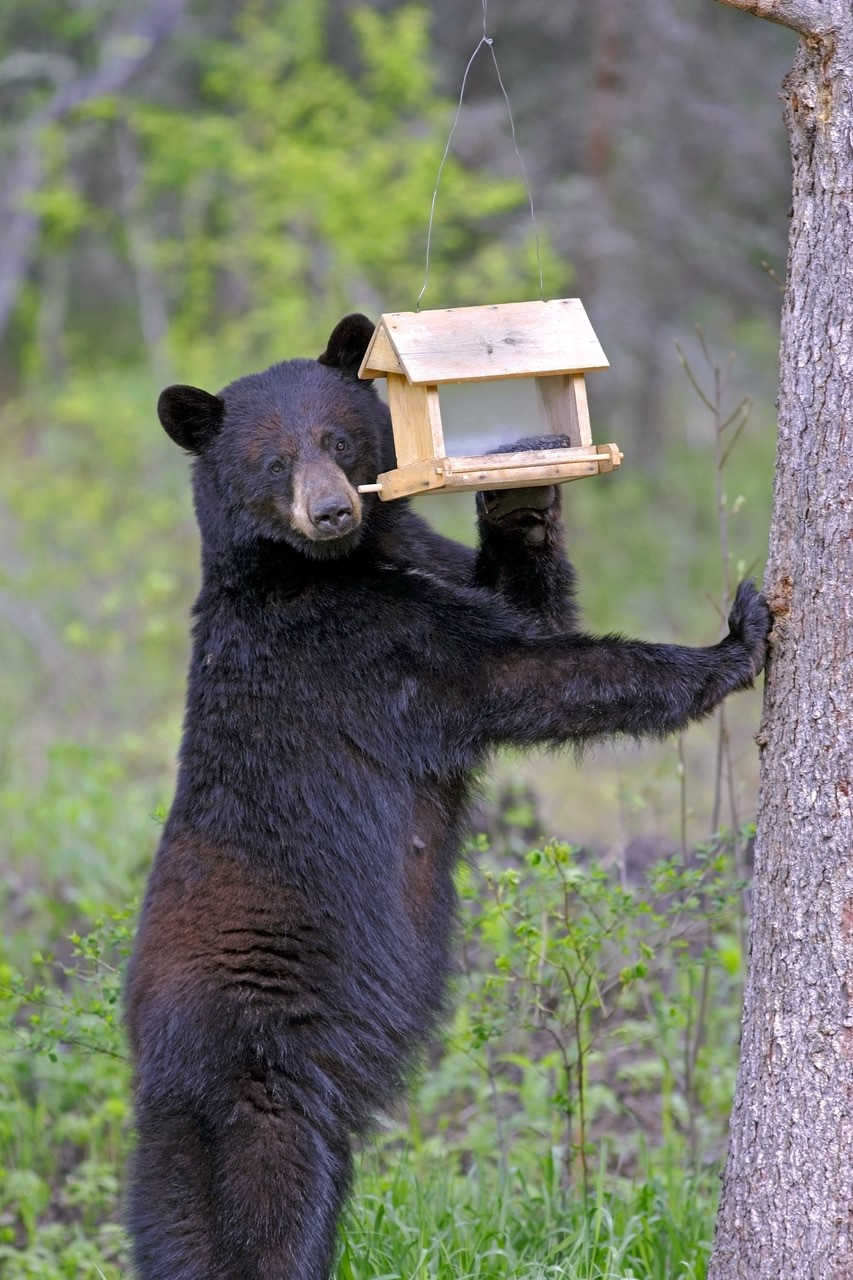
Bears can get a tremendous number of calories from a backyard bird feeder.
The sad outcome of a food-conditioned bear in a neighborhood is that a once wild bear has now become a threat to public safety.
It’s a community responsibility to keep bears wild
It never ends well for the bear who becomes conditioned to human food. You may have heard the saying “a fed bear is a dead bear” which is an unfortunate reality. Once a bear learns to associate humans with food, public safety is at risk, which ultimately results in the bear being killed.
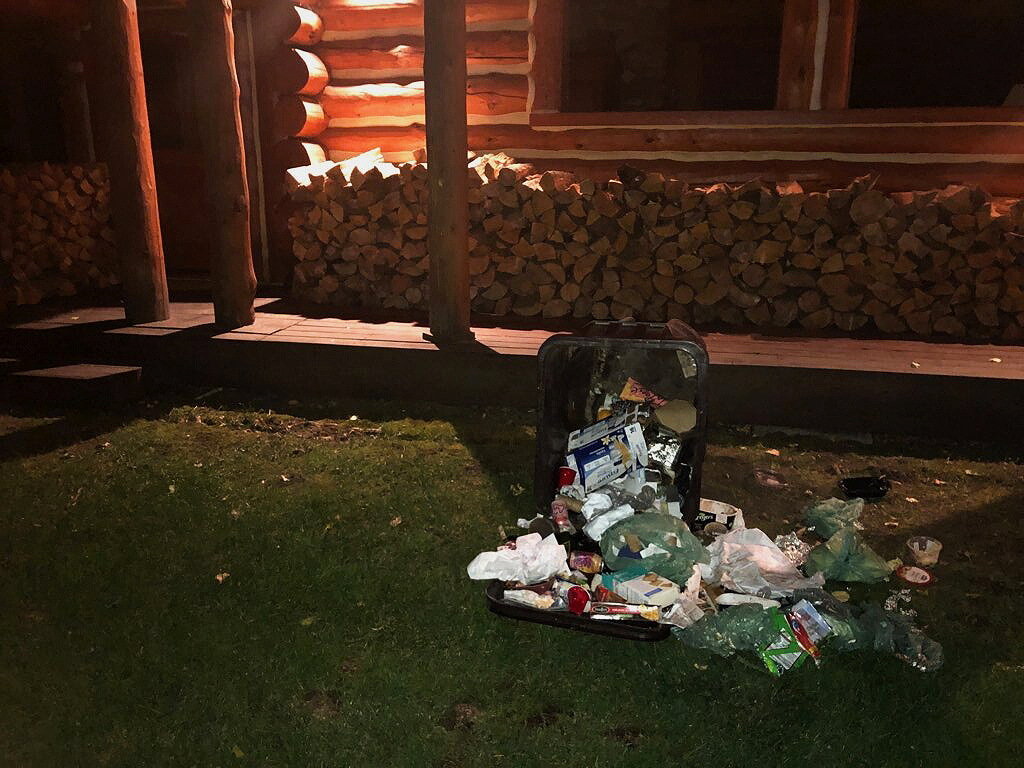
A black bear can easily get into unsecured residential garbage.
Although Fish and Game does not want to euthanize bears, public safety will always be the priority. A food-conditioned bear presents a risk to human safety and it cannot be successfully relocated. Often, the bear returns to where it was trapped because it knows there is a food reward waiting for them. Moving this bear might also just transfer the problem to another community or campground in the backcountry.
Every resident, and even seasonal visitors needs to pledge to eliminate all chances for bears to get human food, ever!
Idaho residents that live in close proximity to wildlife value that opportunity. However, that also means everyone shares the responsibility to keep wildlife wild. Allowing bears to become comfortable living in your neighborhood could be a death sentence for the bear. While a bear in your yard might be exciting, you must do your part to keep the bear wild by not allowing them to find human food.
Make sure bears know that they don’t belong in neighborhoods.
When a bear learns that walking across your yard or deck is OK, it will continue that behavior. By doing nothing, the bear learns that people are harmless and that making daily walks around your house is both acceptable and potentially rewarding if they find food.
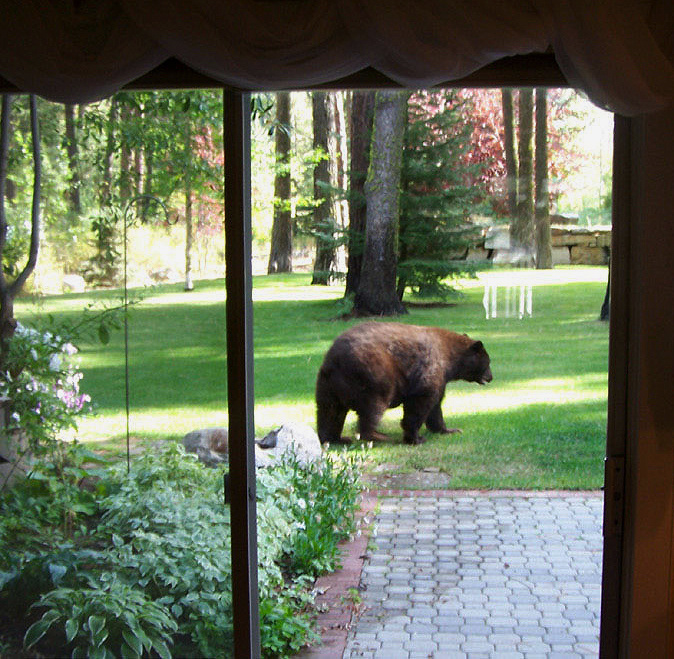
A black bear does not belong in a residential backyard.
If you have a bear around your house, or in your neighborhood, and, if it can be done safely, immediate action is necessary to haze the bear to let it know it is not welcome. This can be done by loud yelling, clapping your hands, banging on pots and pans, basically anything to scare it away.
Bears are very smart. They can learn quickly where they are not welcome. Hazing can be a very effective tool to keep bears out of communities and neighborhoods and in doing so, you will help preserve the wild nature of bears that is essential for their survival.
Do your part to keep yourself, your neighbors and the bears safe
There are very simple things you can do to keep everyone safe and bears roaming the mountains where they belong.
- Where possible, use a bear-resistant garbage container. Contact your local disposal company to see if they have bear-resistant container options.
- Don’t put your garbage out until the morning of pickup, and until then, keep your garbage in a secure location, like a garage.
- Birds don’t actually need bird feeders to survive during the summer months because of an abundance of natural food sources. Residents are encouraged to take them down during the summer and fall. Bears can get a tremendous amount of calories from bird feeders, such as a 2,500 calorie reward from one pound of black oil sunflower seed, or 3,200 calorie reward from 32 ounces of hummingbird food.
- Don’t leave pet or livestock food outside where a bear can find it.
- Put an electric fence wire around chicken coops and bee hives.
It’s up to everyone to keep our communities safe, while keeping bears, and all wildlife, wild.
For more information contact your nearest Idaho Department of Fish and Game office.
